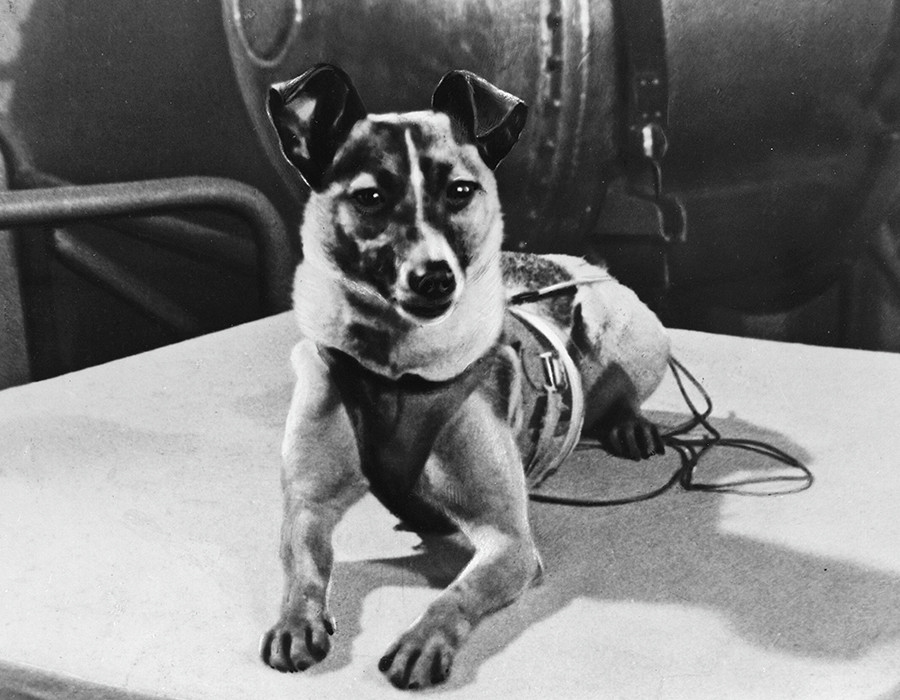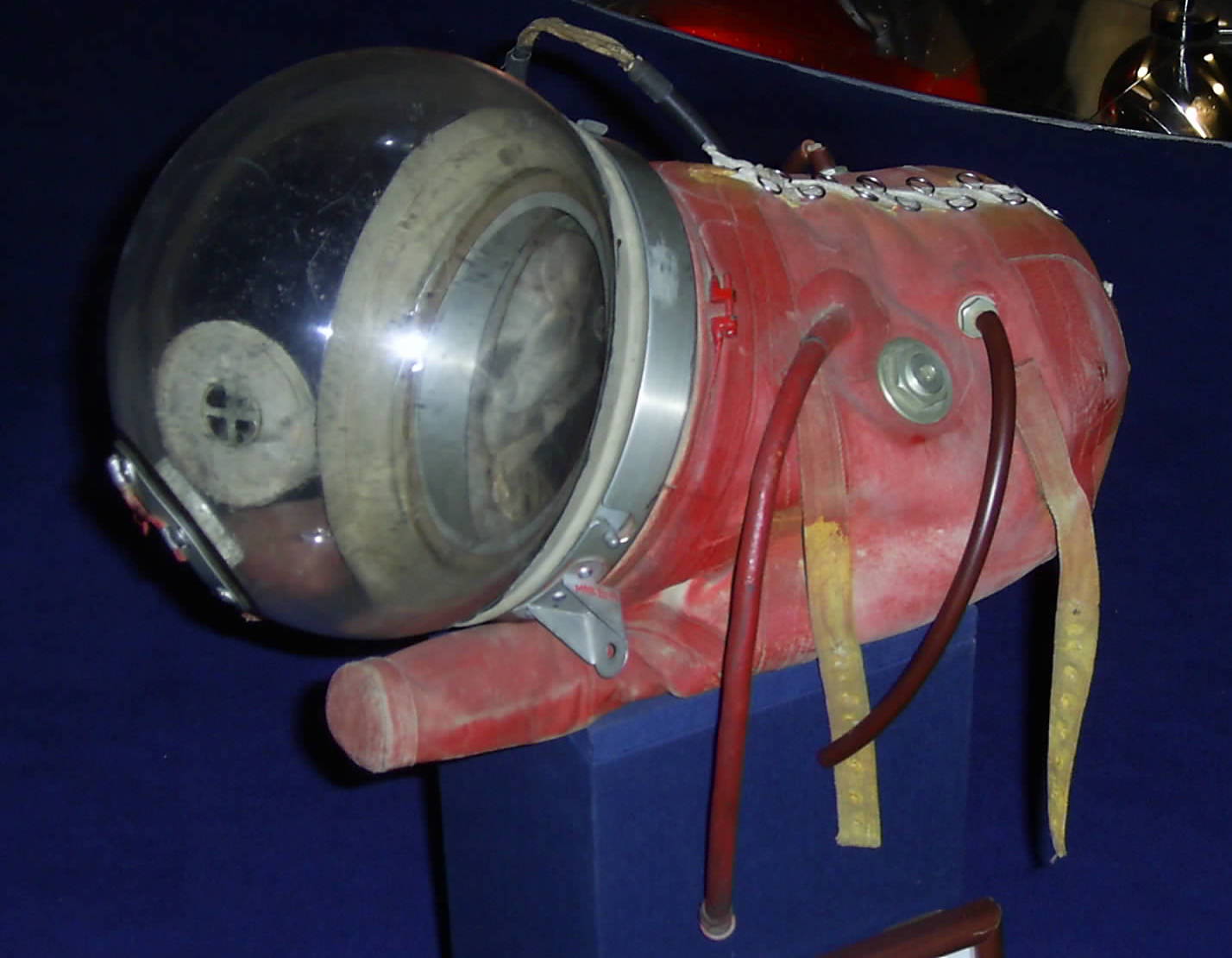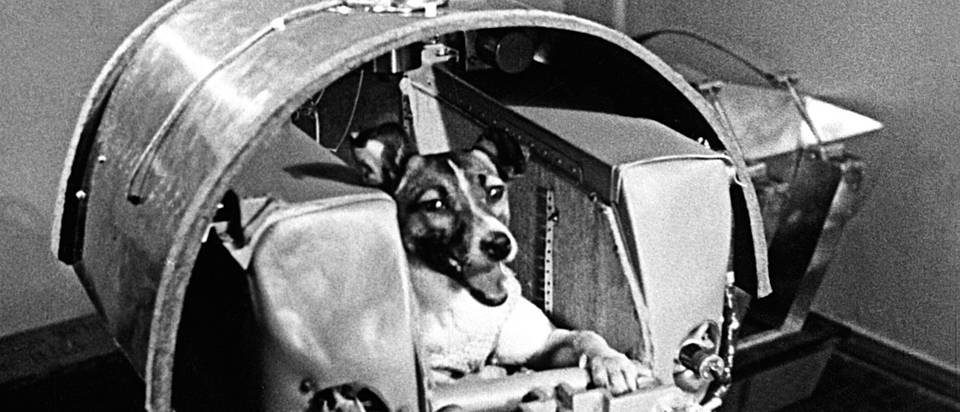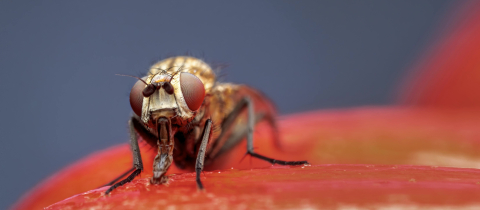In the late 1940’s both Soviets and Americans began investigating the expanse of space by sending animals up, up and away. It began with fruit flies in 1947, grew to include monkeys in 1949 and mice in 1950, but no animal actually entered orbit until November 3rd, 1957, when Laika, a Soviet trained street dog, made history.

Sputnik 1 was the first satellite to orbit the Earth, but Sputnik 2 (or more appropriately Muttnik) was the first satellite to reach orbit with a creature aboard.
Laika was found on the streets of Moscow, which meant she was already adapted to survive extreme cold and hunger. She was chosen because she was calm, sweet, and, as a female, could pee with her leg down (this made designing her space suit much simpler). She underwent training like any cosmonaut: centrifuges, confined spaces, loud noise exposure, acclimatization to nutrient gel food and fitting for a space suit. However, unlike modern cosmonauts, her return was never planned for.

According to the Soviets the plan was to euthanize Laika with medicated food just before reentry. Sadly this humane method didn’t pan out. Laika’s vital signs stopped after 5-7 hours in orbit.
The Sputnik 2 mission was planned hastily, as then Soviet leader Khrushchev wanted its
launch to coincide with the 40th anniversary of the October Revolution. The vessel was built in only about 4 weeks. After news of Laika’s launch spread, the Soviet government alternatively claimed that she had died from a lack of oxygen or been euthanized early. Years later, one of the mission’s scientists admitted Laika had died by overheating due to a mechanical problem in the spacecraft, a much less desirable way to go.
Laika’s flight spawned outrage from animal rights activists the world over. But it also piqued the curiosity of an American army physician, Duane Graveline. His desire to understand how the Soviets had received the biophysical data from Laika led him to

research space’s effects on the human body and help develop the technologies that allowed NASA to send astronauts (which he later became!) to space.
Laika may not have survived, but her legacy did. She’s been memorialized in two Soviet statues, and even had a band named after her.
So next time NASA launches a shuttle, remember that they owe that technology, in part, to a small Russian mutt named Laika.








